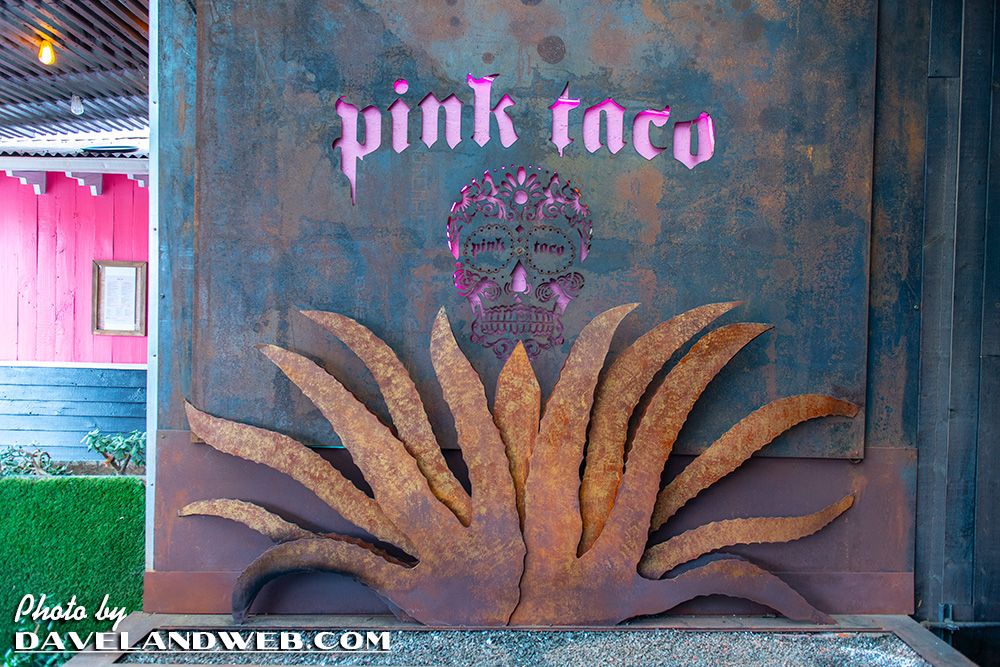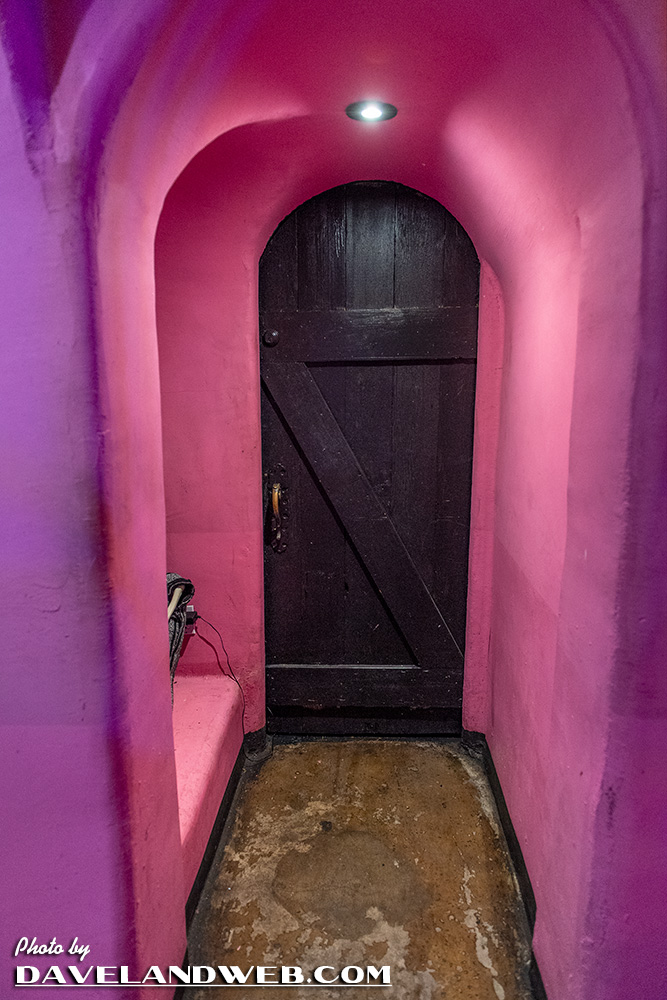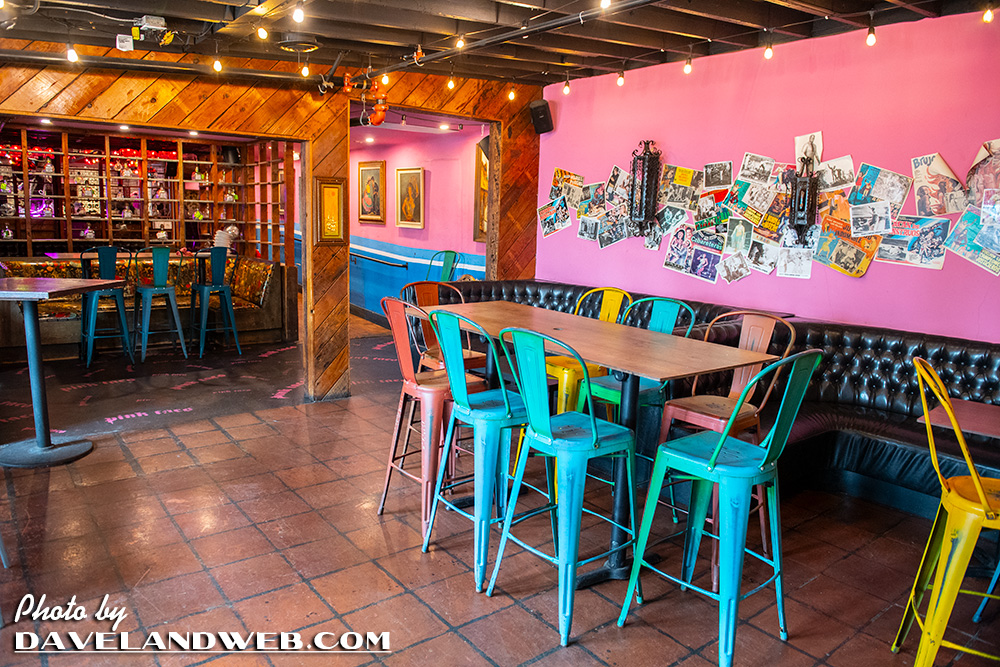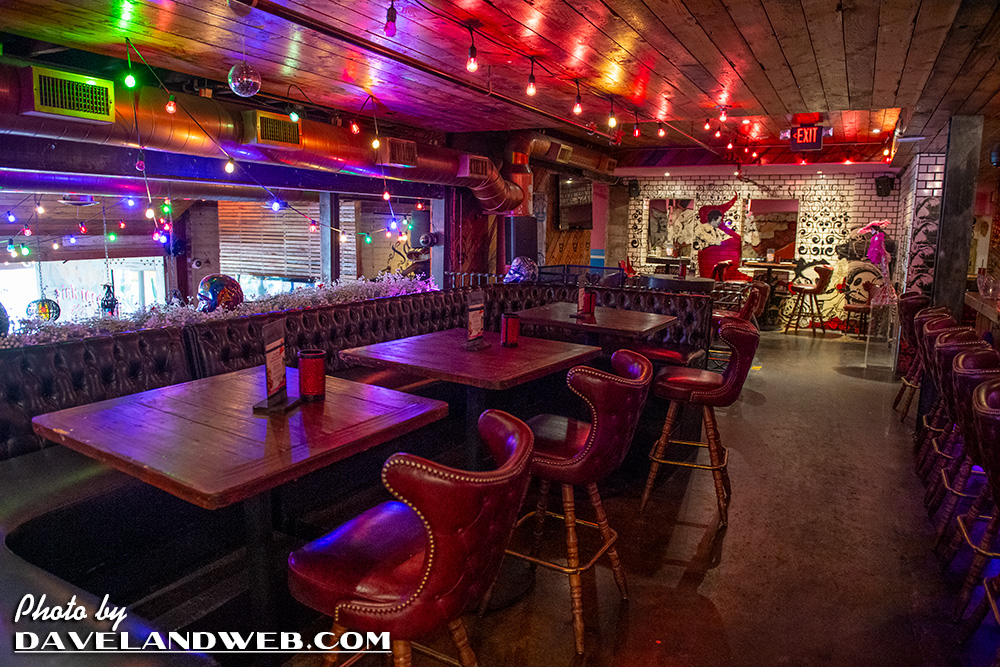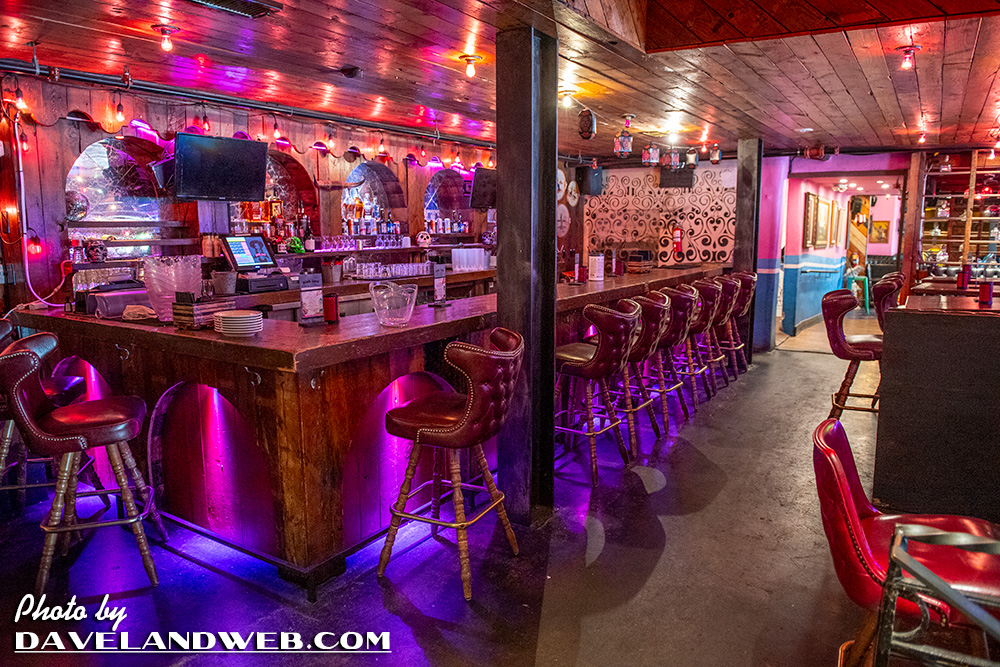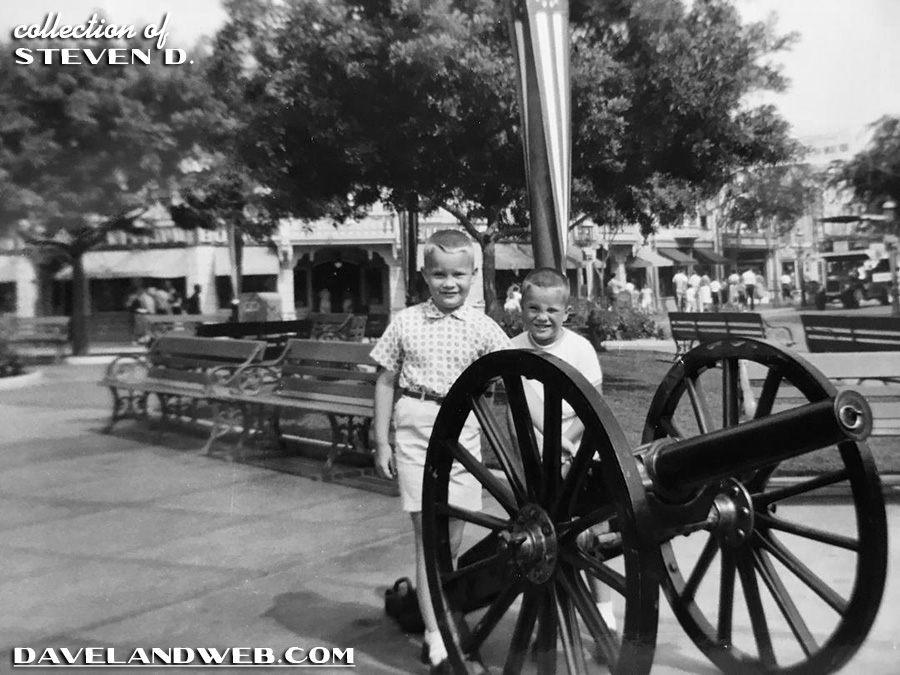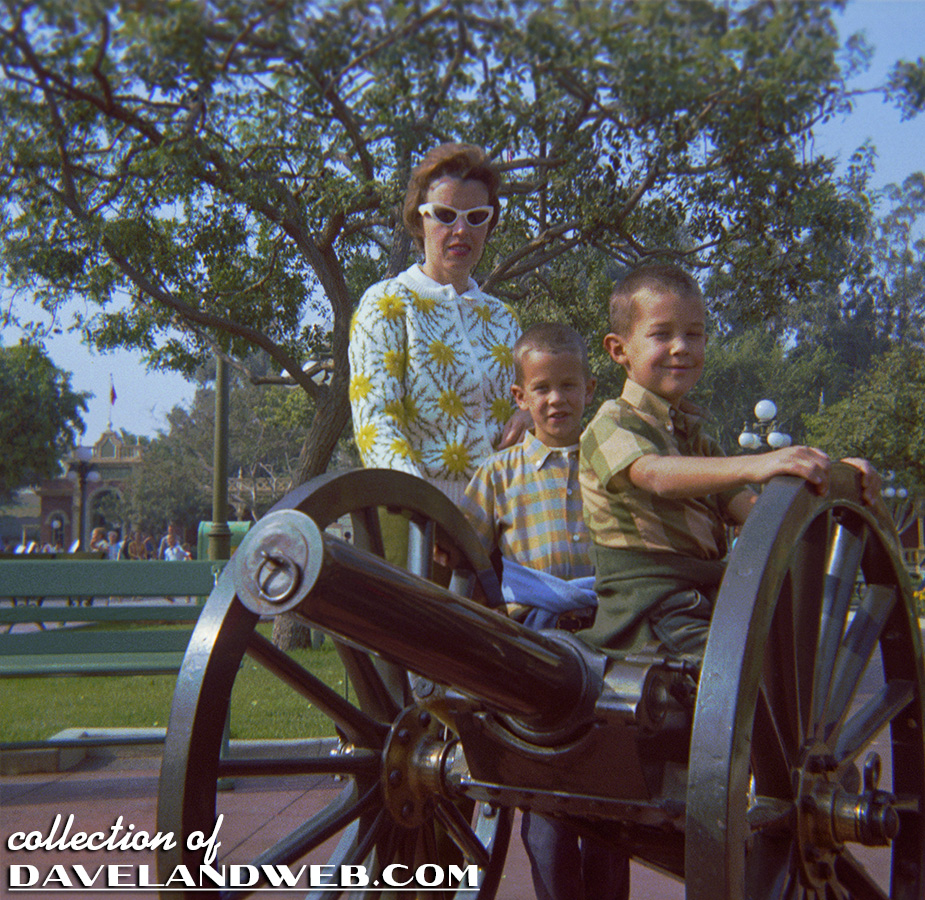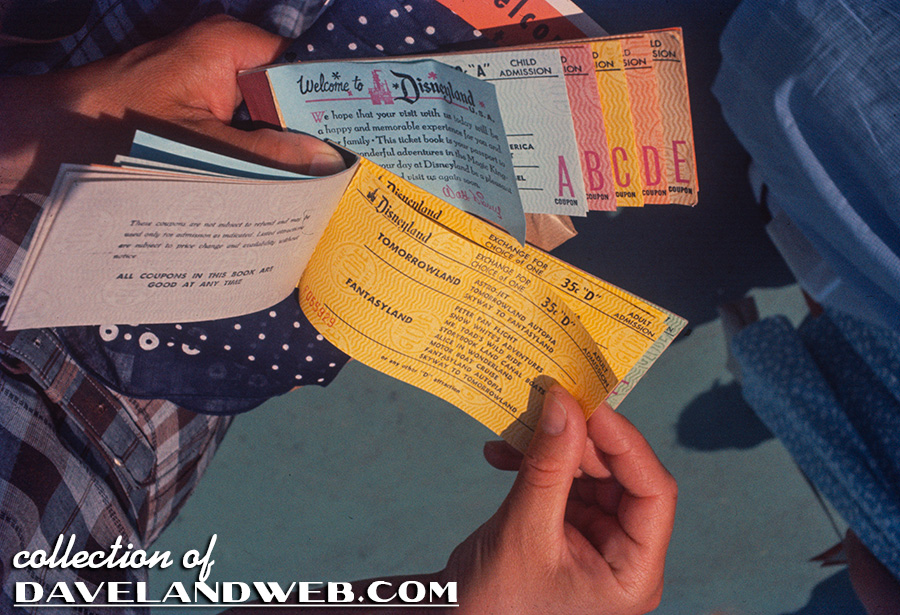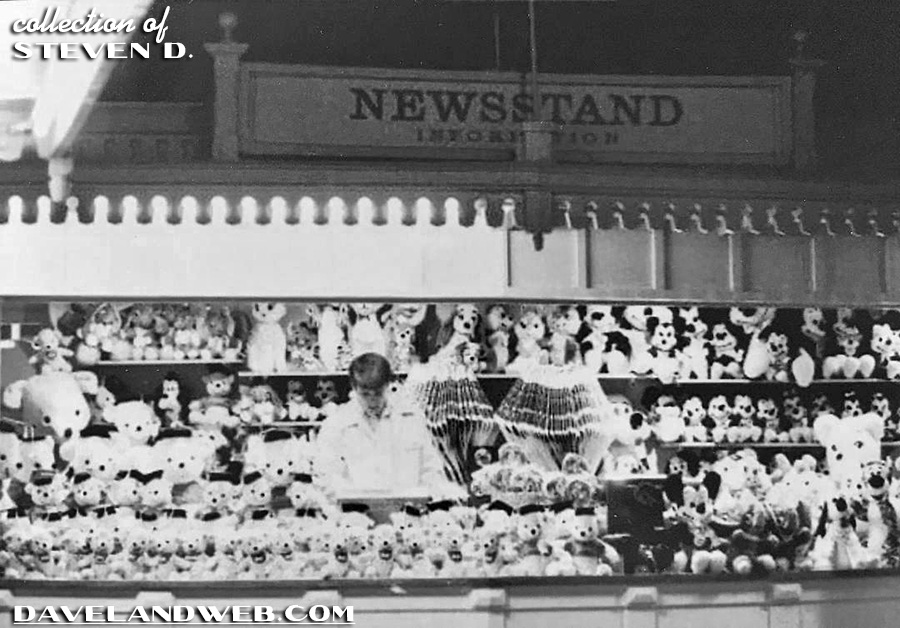
Disneyland’s Opera House is mainly known for its Great Moments with Mr. Lincoln show. However, from 1973-2005, Walt Disney was part of the show, too. The above August 1986 image shows “The Walt Disney Story” taking top billing, with poor President Lincoln as the supporting player. The below image of me with Tigger in front of the Opera House is from October 1995.

Zooming in you can see the attraction poster on the outside wall. At least Abe scored a larger font size!

Inside the auditorium, guests could watch a twenty-eight minute long movie about Walt and…well, his story (narrated by Walt himself, through the magic of archival interviews). I remember being excited every time I saw the clip of Shirley Temple presenting him the special Oscar statuette for “Snow White” (1937). From 1973-1975, Mr. Lincoln was nowhere to be seen. Guests complaining about the removal of the Abe show caused the President’s return in 1975. After the Walt film was over, the Abe animatronic show would begin. Walt and Abe…together again! Thus the title, “The Walt Disney Story featuring Great Moments with Mr. Lincoln.” Besides the presentation in the auditorium, guests could see awards and other memorabilia pertaining to Walt in the lobby of the Opera House. The below image from September 1976 shows one of the display cases:
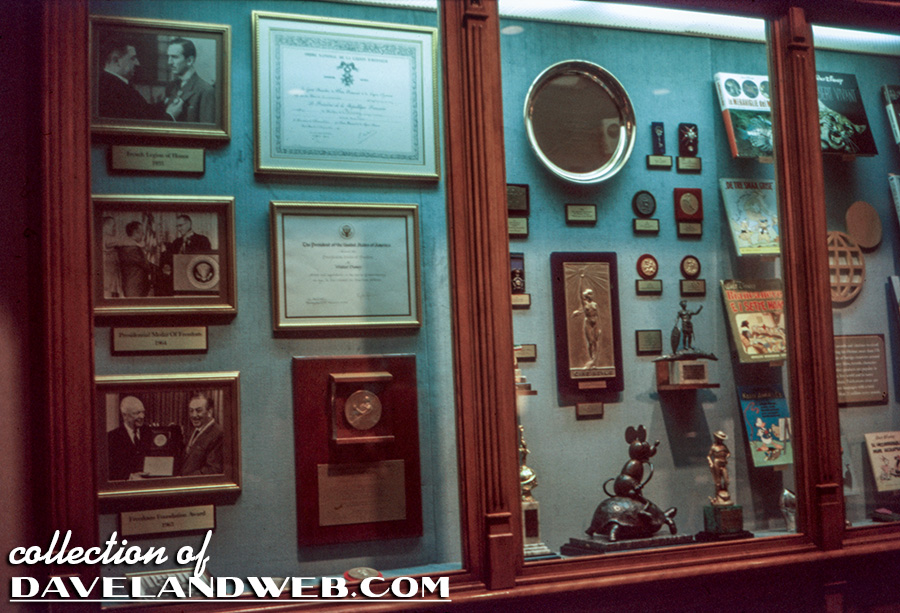
In this first detailed view, you can see President Dwight D. Eisenhower presenting Walt with the Freedom Foundation Award. The below description of the event was edited from The Walt Disney Family Museum website:
Former President Dwight David Eisenhower served as the Freedoms Foundation’s chairman from its founding until his death in 1969. On February 22, 1963, at a special ceremony in Palm Springs, California, Eisenhower presented Walt Disney with the Foundation’s highest award: the George Washington Medal of Honor.…The award recognized Walt as “Ambassador of Freedom for the United States.” In his introduction, General Eisenhower explained, “Four men previously have been honored by Freedoms Foundation. Mr. Disney is the fifth.…It is my privilege, before I present to him the medal and the plaque that goes along with this award of the George Washington [medal]…to read what is on it: “Freedoms Foundation at Valley Forge honors Walt Disney, Ambassador of Freedom for the United States of America. For his educational wisdom and patriotic dedication in advancing the concept of freedom under God; for his unfailing professional devotion to the things which matter most, human dignity and personal responsibility; for masterful creative leadership in communicating the hopes and aspirations of our free society to the far corners of the planet.” To great applause, Eisenhower presented the award to Walt. When the applause died down, Walt spoke. “Mr. President…General Eisenhower…or, I mean, Mr. Eisenhower…It’s kind of hard to express my feelings about this. This is one of those moments when I feel…entirely inadequate. It’s something that sort of makes you feel rather humble. But I want the Board of the Freedoms Foundation and everyone connected with this to know that I sincerely appreciate this tribute.”
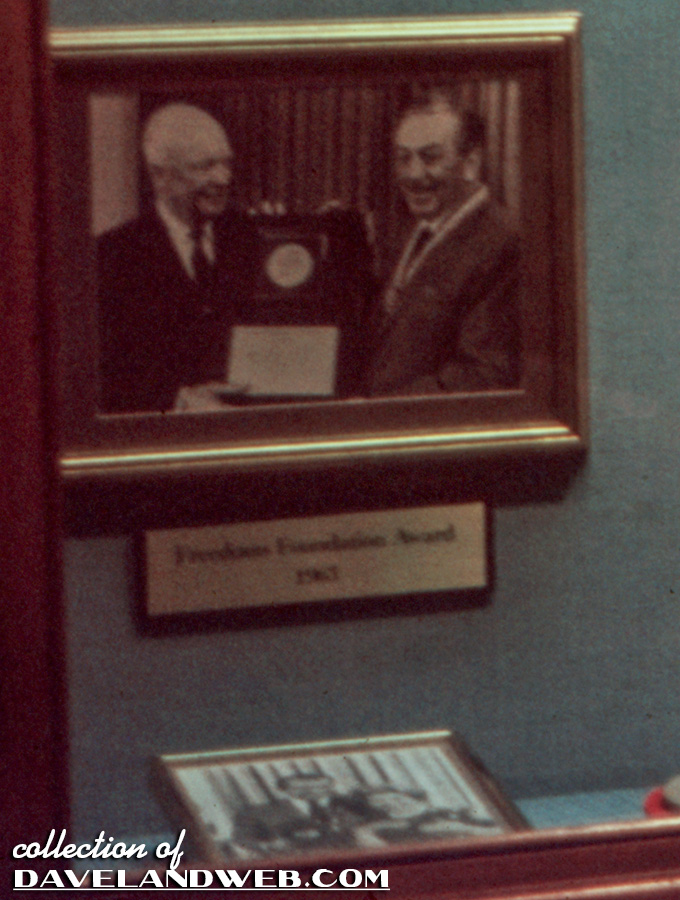
If you look at the bottom of the above detailed view, you can see a photo of Walt’s wife, Lillian, with First Lady Pat Nixon and President Richard Nixon. The Richard Nixon Library website describes that event:
3/25/1969 Fifty years ago today, President Nixon presented the Walt Disney commemorative gold medal to Mr. Disney’s widow Lillian. The medal was awarded for Walt’s “service through so many years not only to the people of the United States, but to the people of the world.” The Walt Disney commemorative gold medal, struck by the U.S. Mint in Philadelphia, was authorized by Public Law 90-316 (82 Stat. 130).(WHPO-0591-02 & 0588-01)
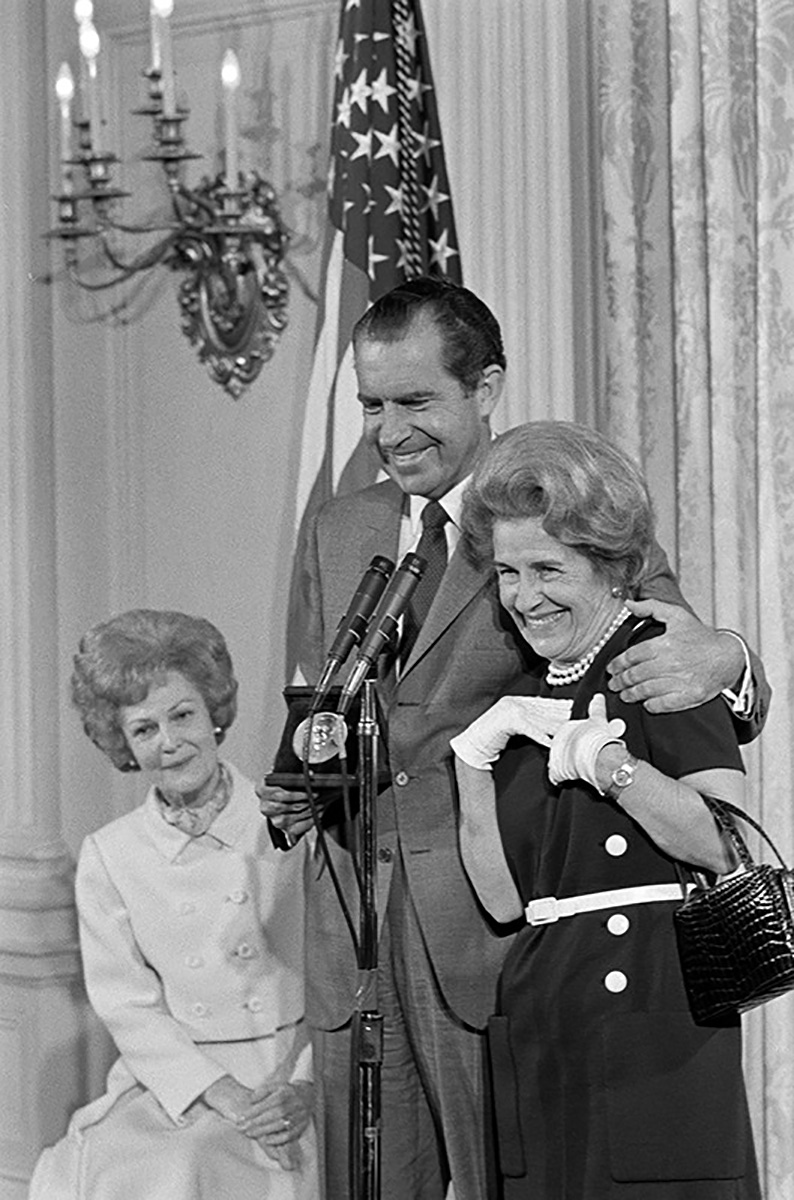
Detailed view number two shows Walt at the top receiving the French. Legion of Honor award in 1936. The award was presented by Jean Joseph Viala, the French Consul General, at Disney’s Hyperion Studio.
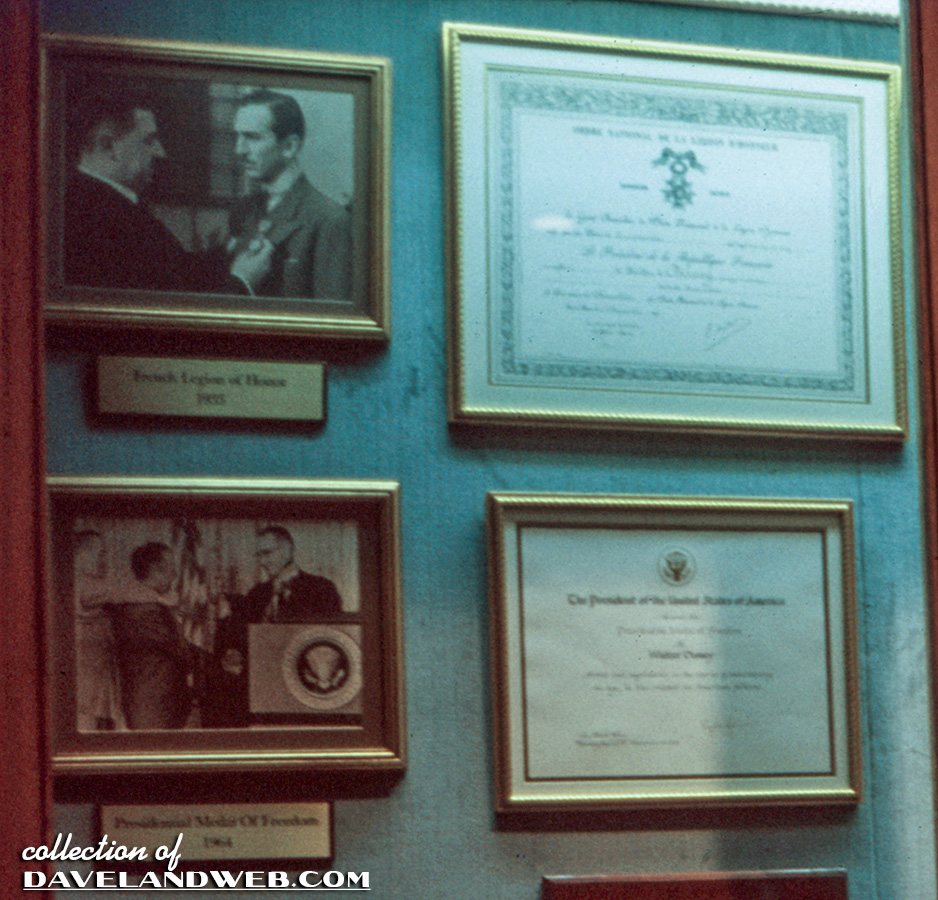
Below is an article from the Meramec Valley Transcript Pacific, Missouri, Friday February 7, 1936:

The second photo in the detailed view shows Walt receiving the Presidential Medal of Freedom from President Johnson.

From the D23 website:
SEPTEMBER 14, 1964 On this day in 1964, Walt Disney was in Washington, D.C., for a special honor, to receive the Presidential Medal of Freedom. At a noon ceremony in the East Room of the White House, President Lyndon B. Johnson said, “What America is to be, America will be, because of our trust in and of the individual and of his capacity for excellence. Only those who doubt the individual can be dubious of America’s survival and success in this century of contest. This belief is mine. It was this conviction that led President Kennedy to the establishment of the Medal of Freedom as our highest civilian honor for outstanding individuals—citizens who share an extra measure of individual excellence in the mainstream of our well-being and our advancement. On the talents of such citizens rests the future of our American civilization, for it is from the genius of the few that we enrich the greatness of the many. All Americans are proud, as I am proud, to salute today the great Americans here before me. Their lives and their works have made freedom stronger for all of us in our time.” One by one, the recipients would step forward to receive their gold decoration, including Walt Disney, whose achievements were described as “Artist and impresario, in the course of entertaining an age, he has created an American folklore.”
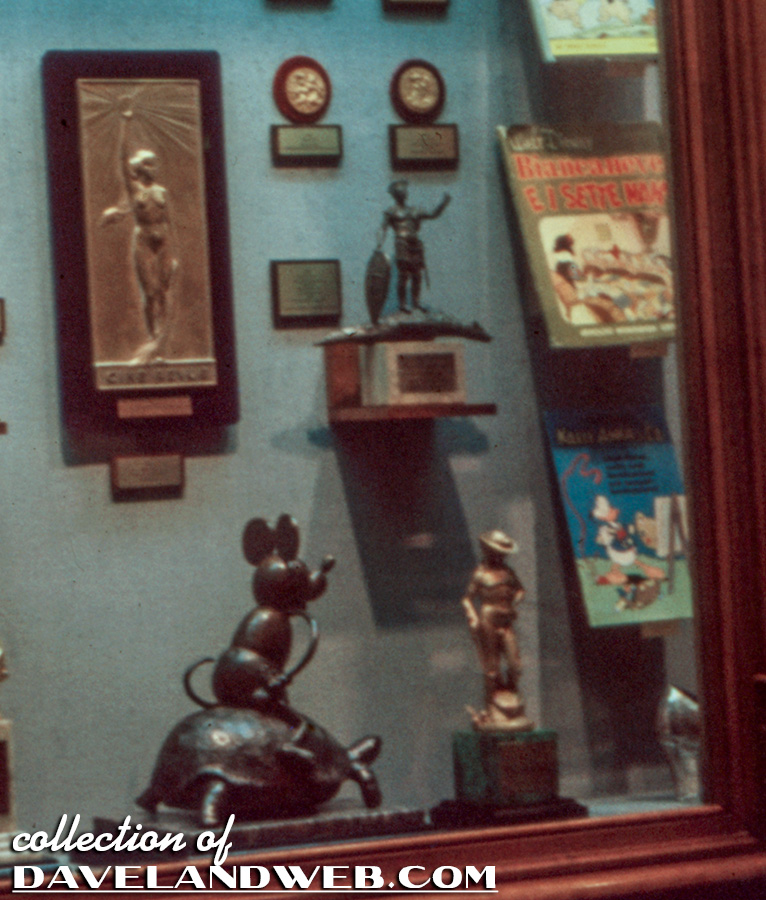
The final detailed view shows a number of other interesting trophies and awards, for which I know zilcho about. I am “assuming” that most of these artifacts ended up at the Walt Disney Family Museum in San Francisco.
See more Disneyland Opera House photos at my main website.

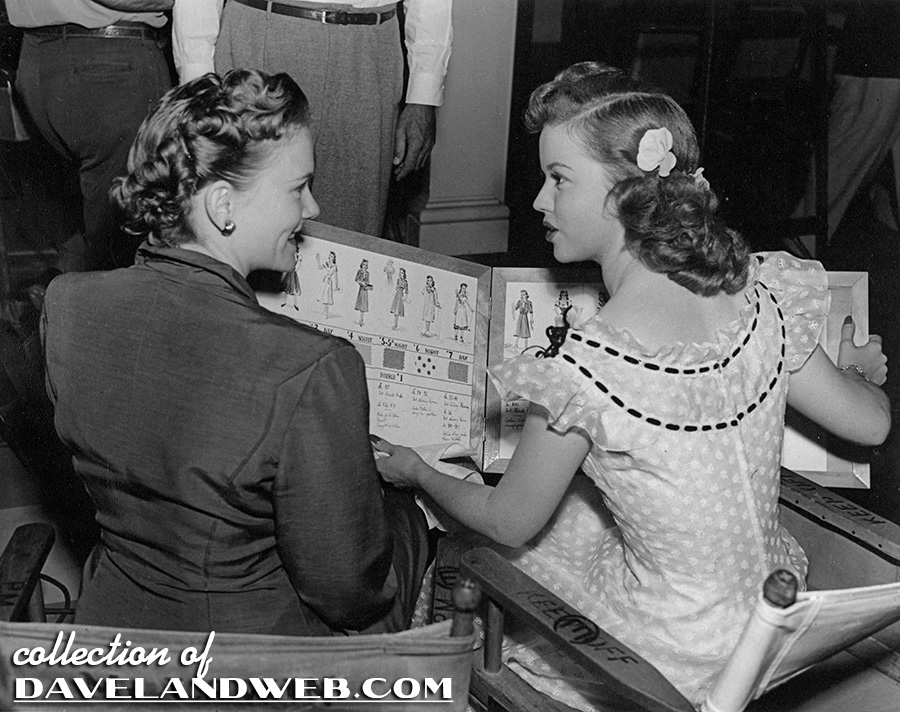

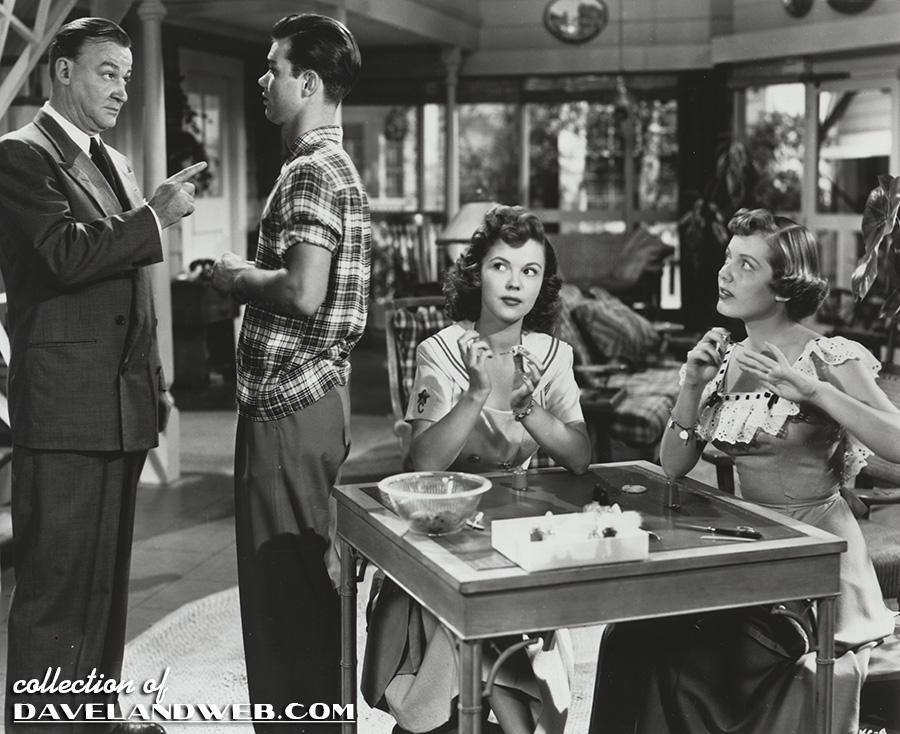
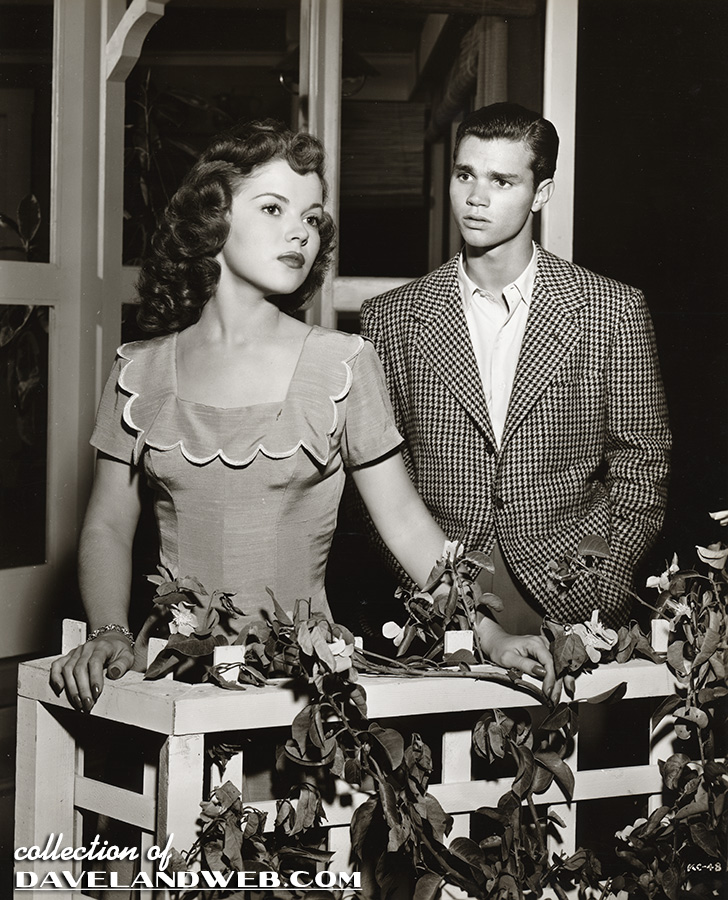
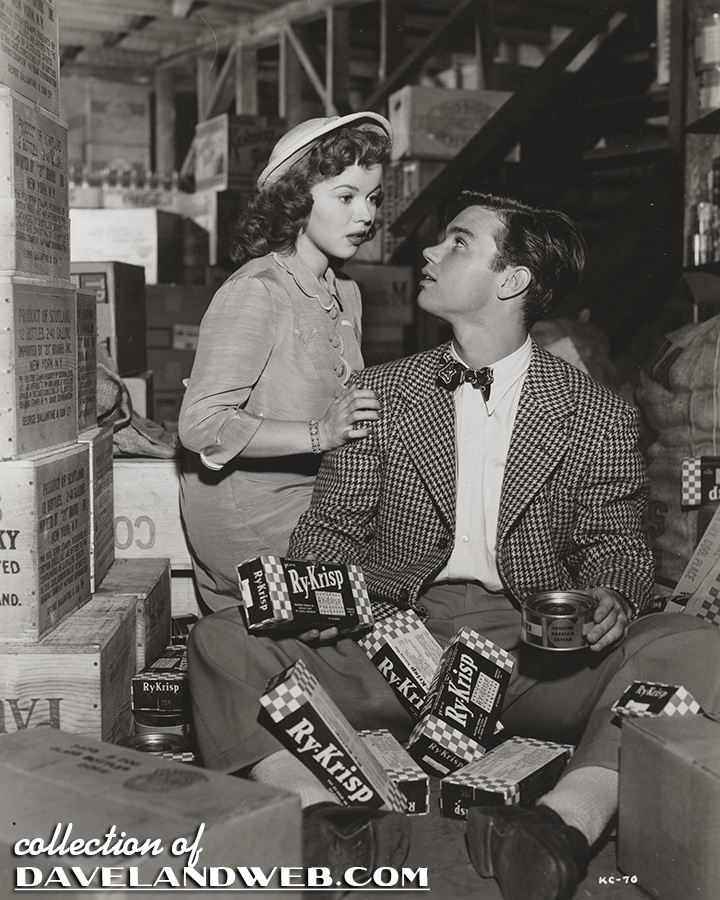
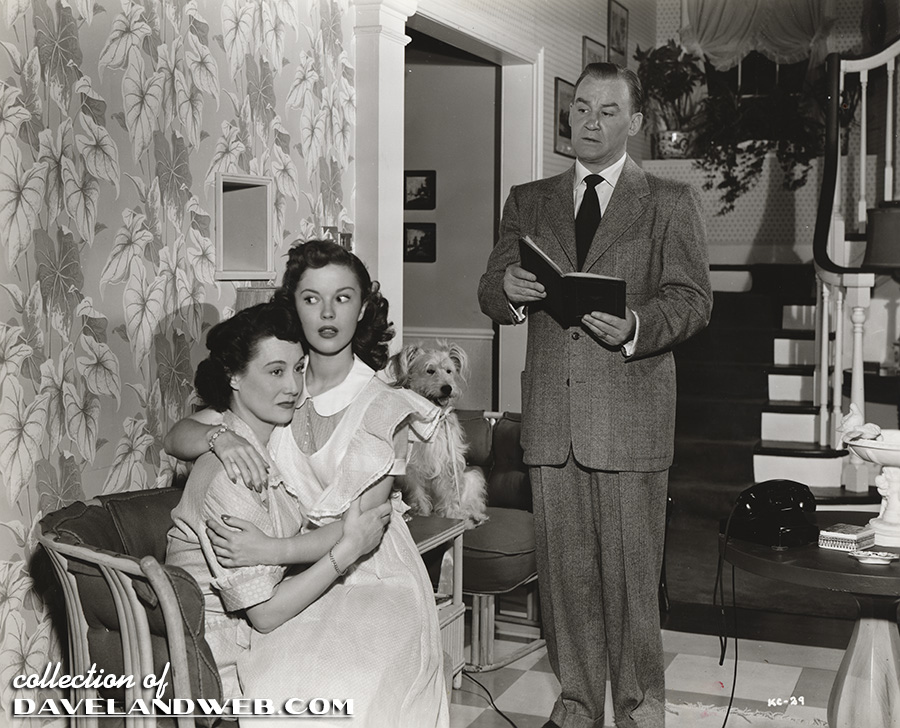
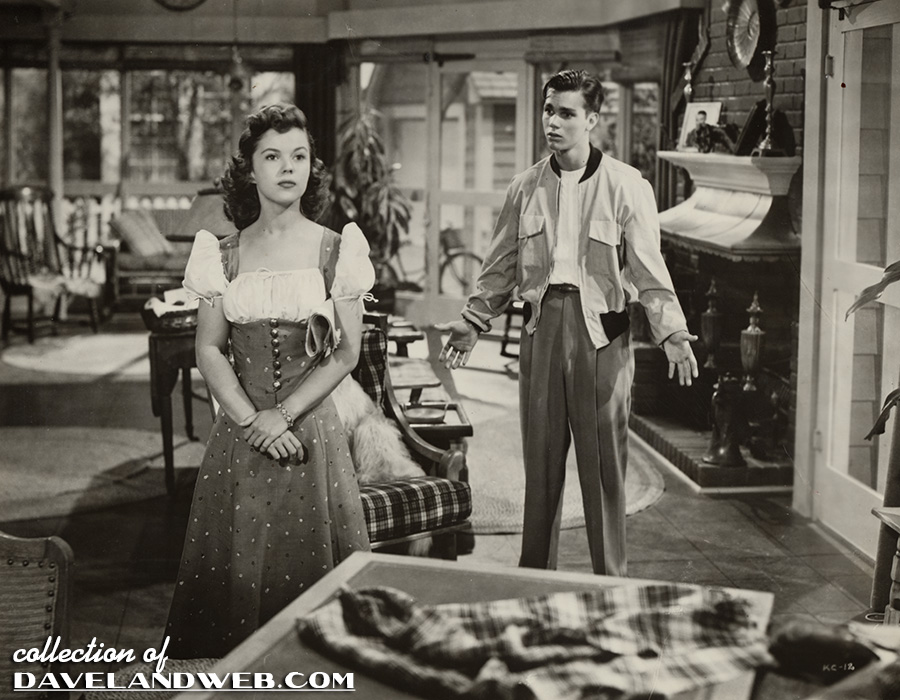
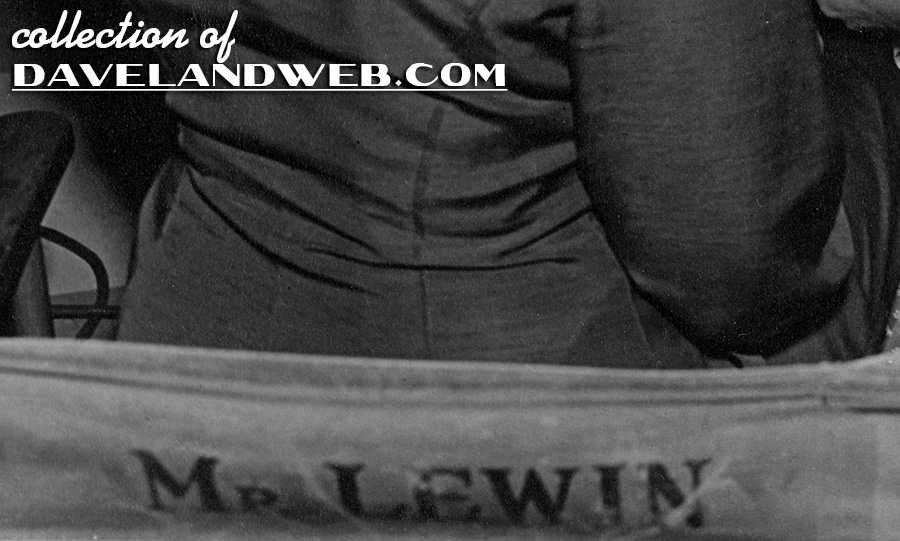
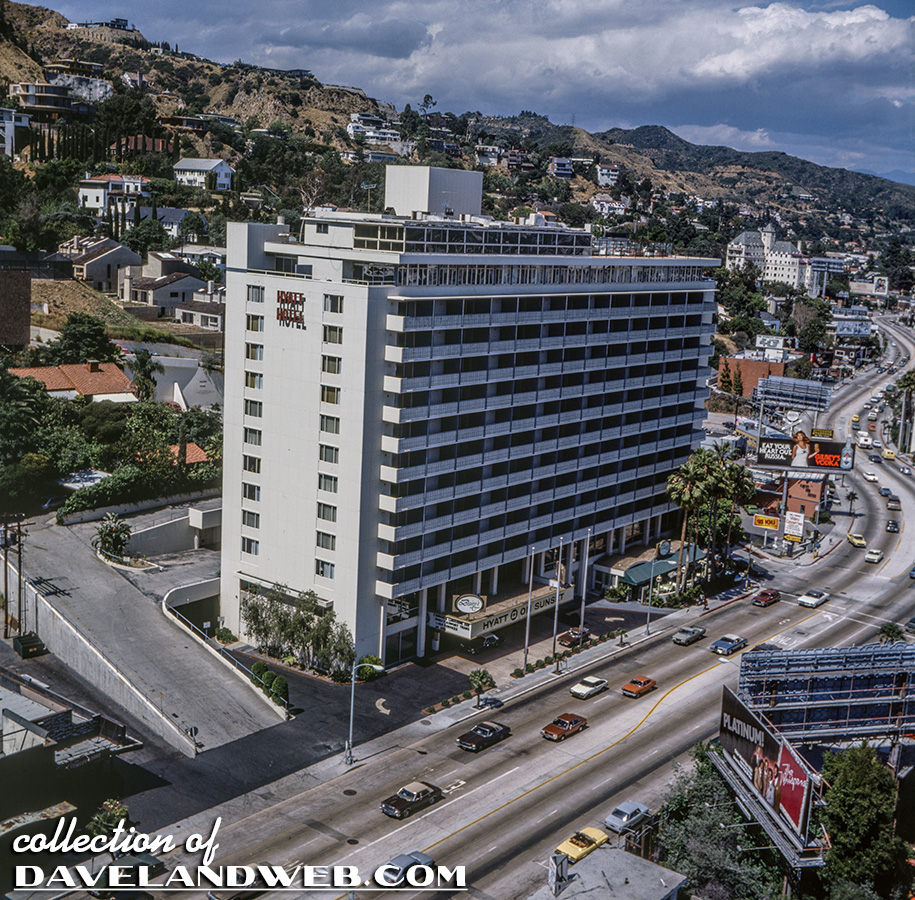
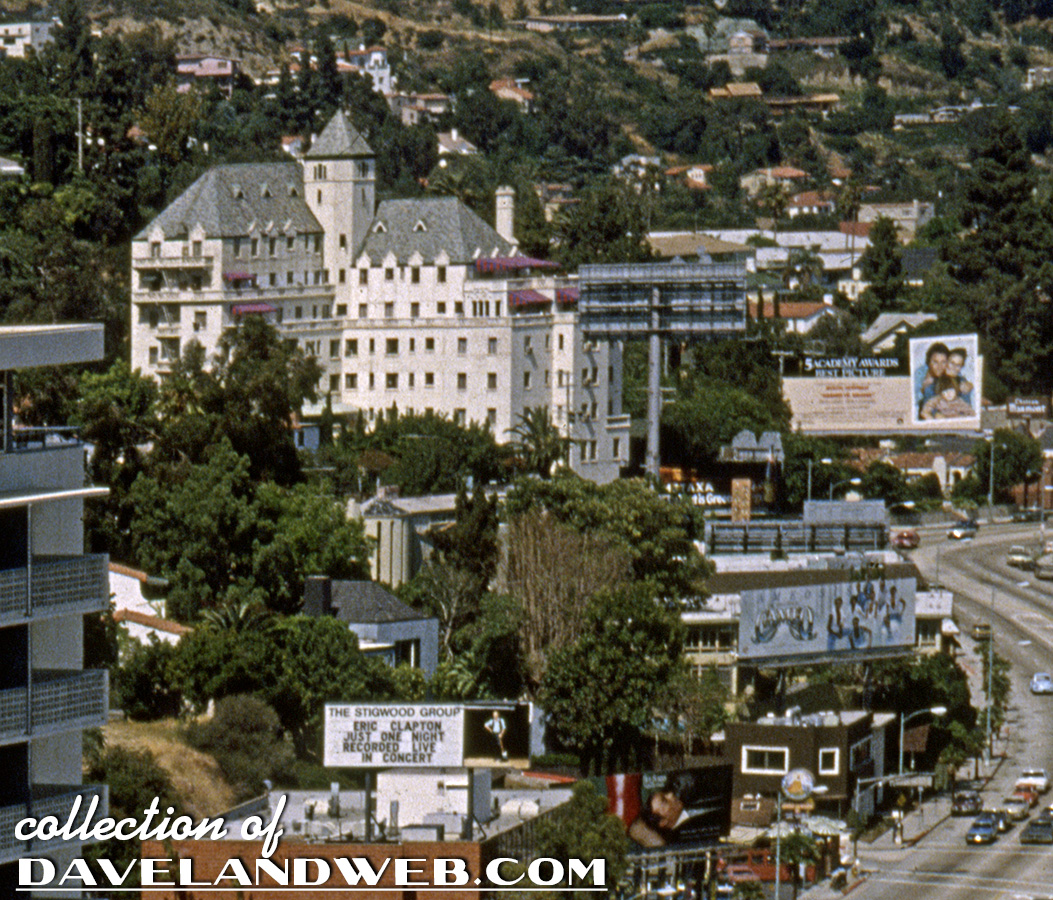
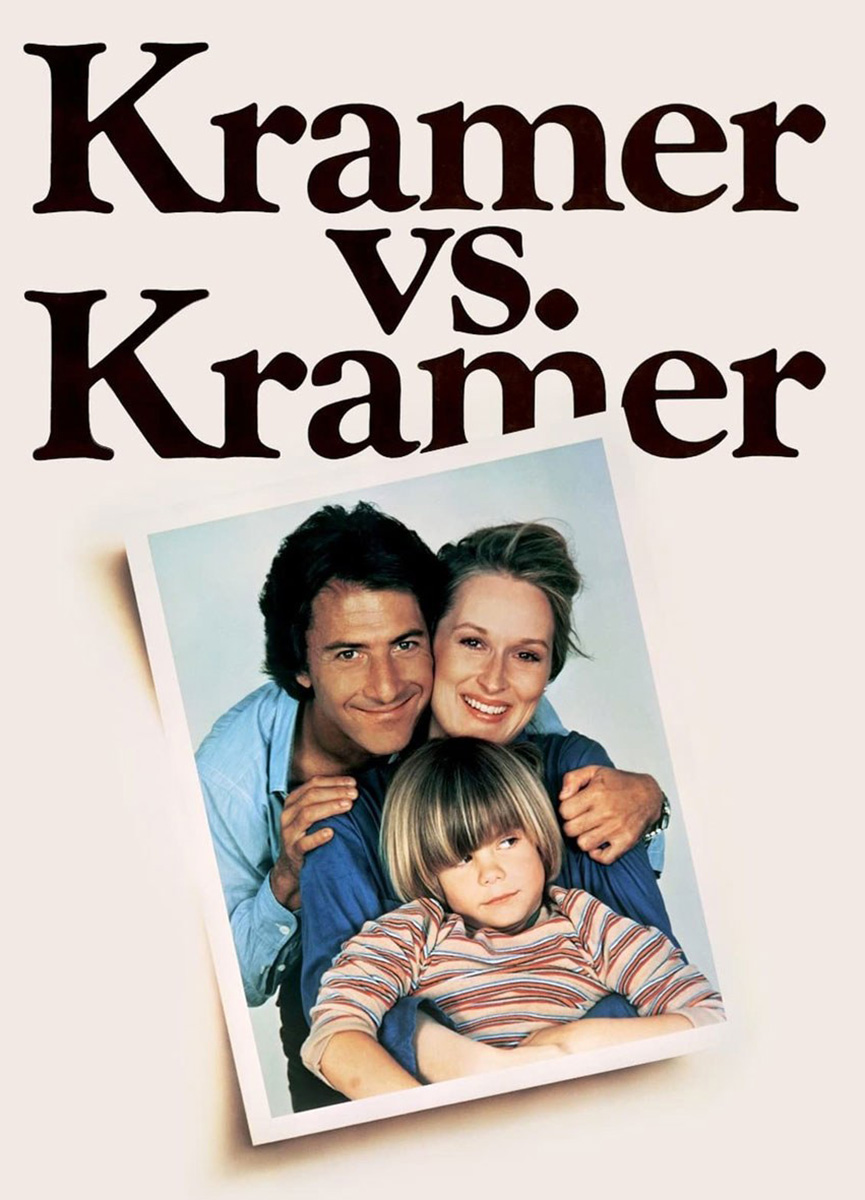
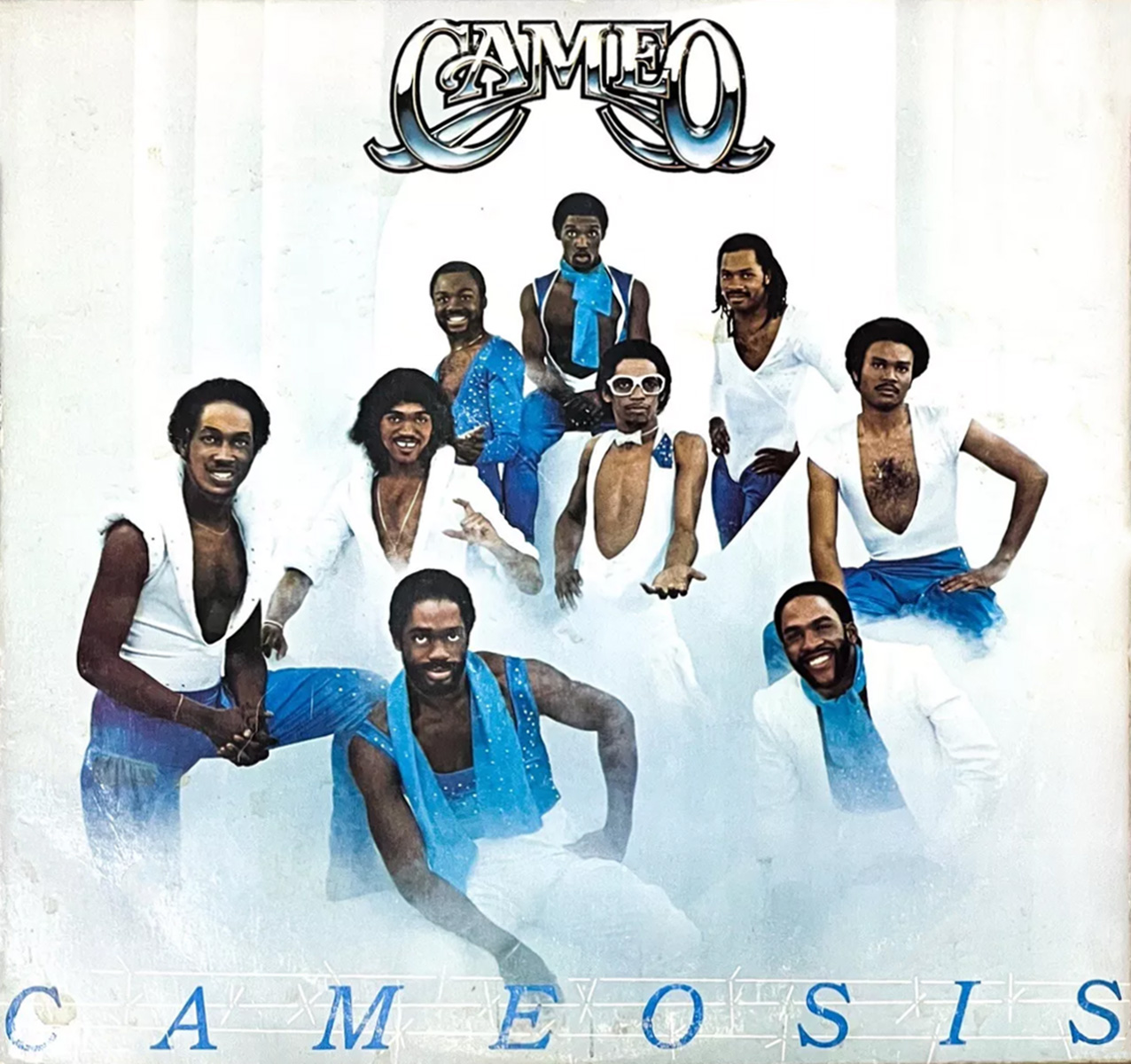


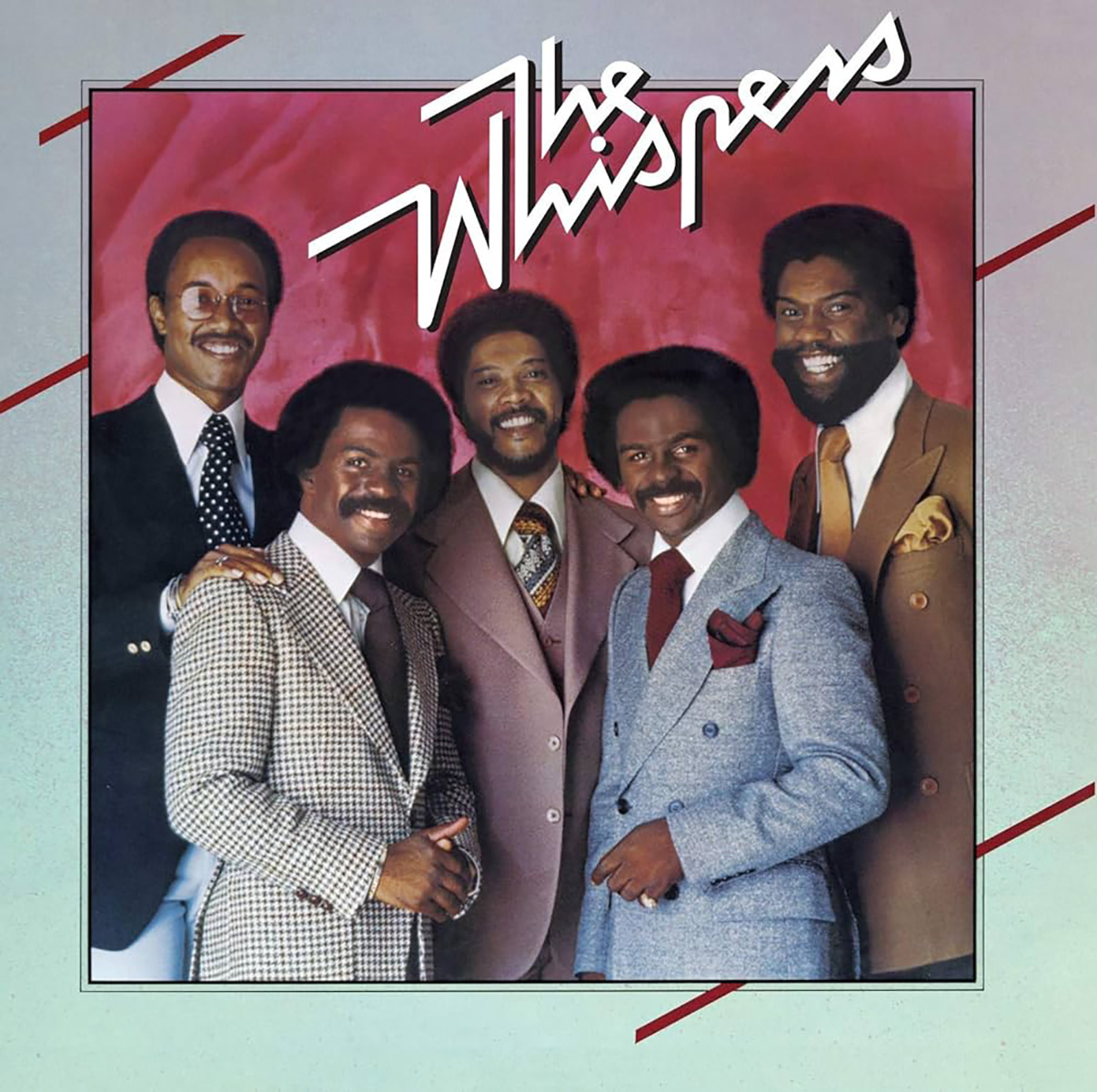
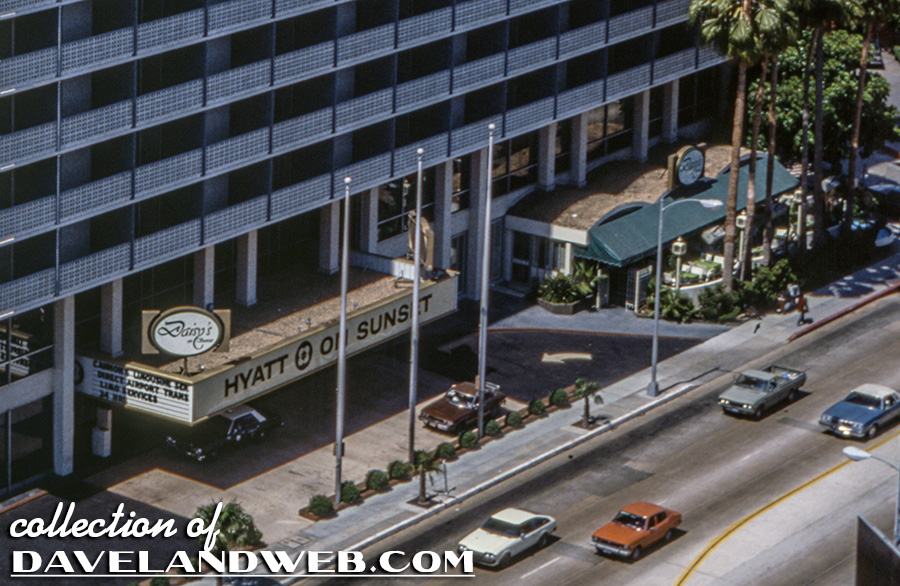
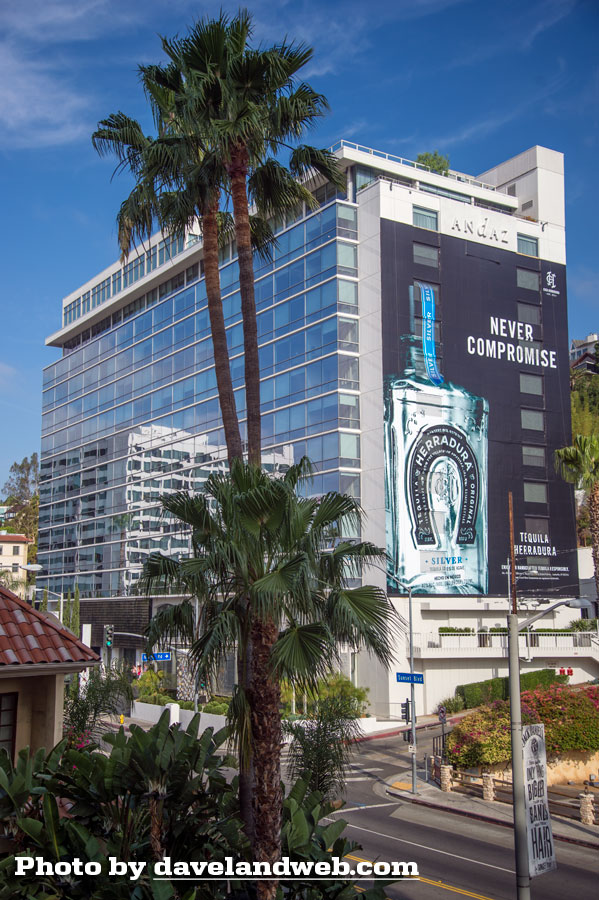
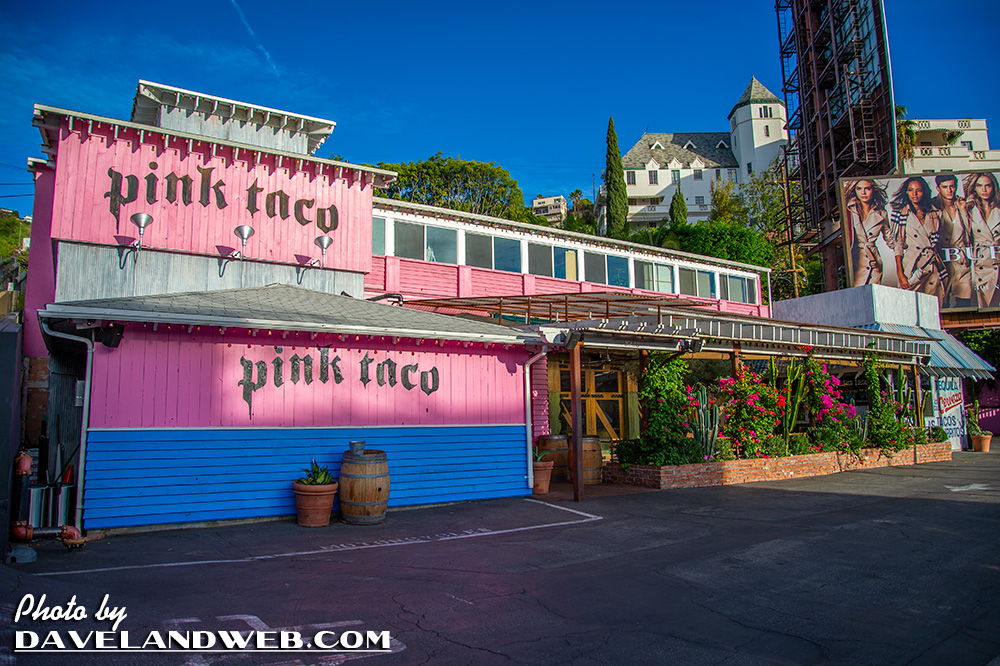
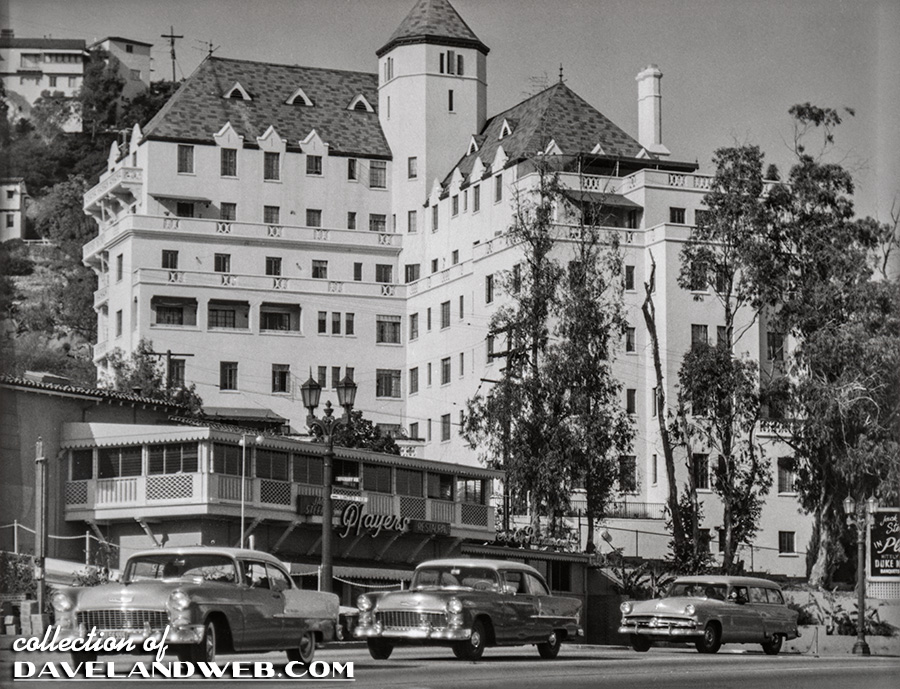

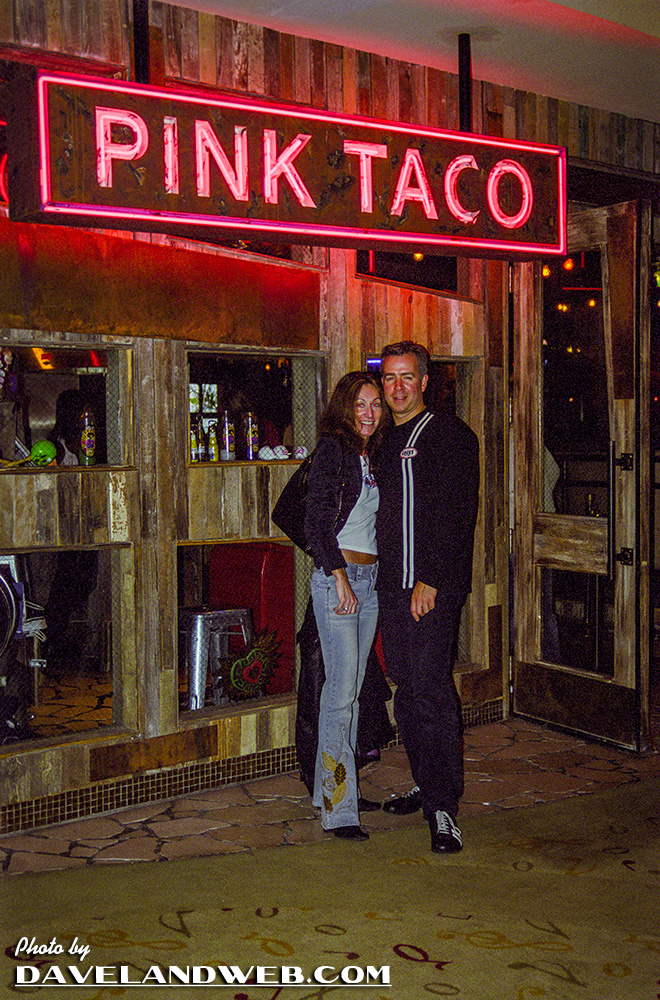
.jpg)
